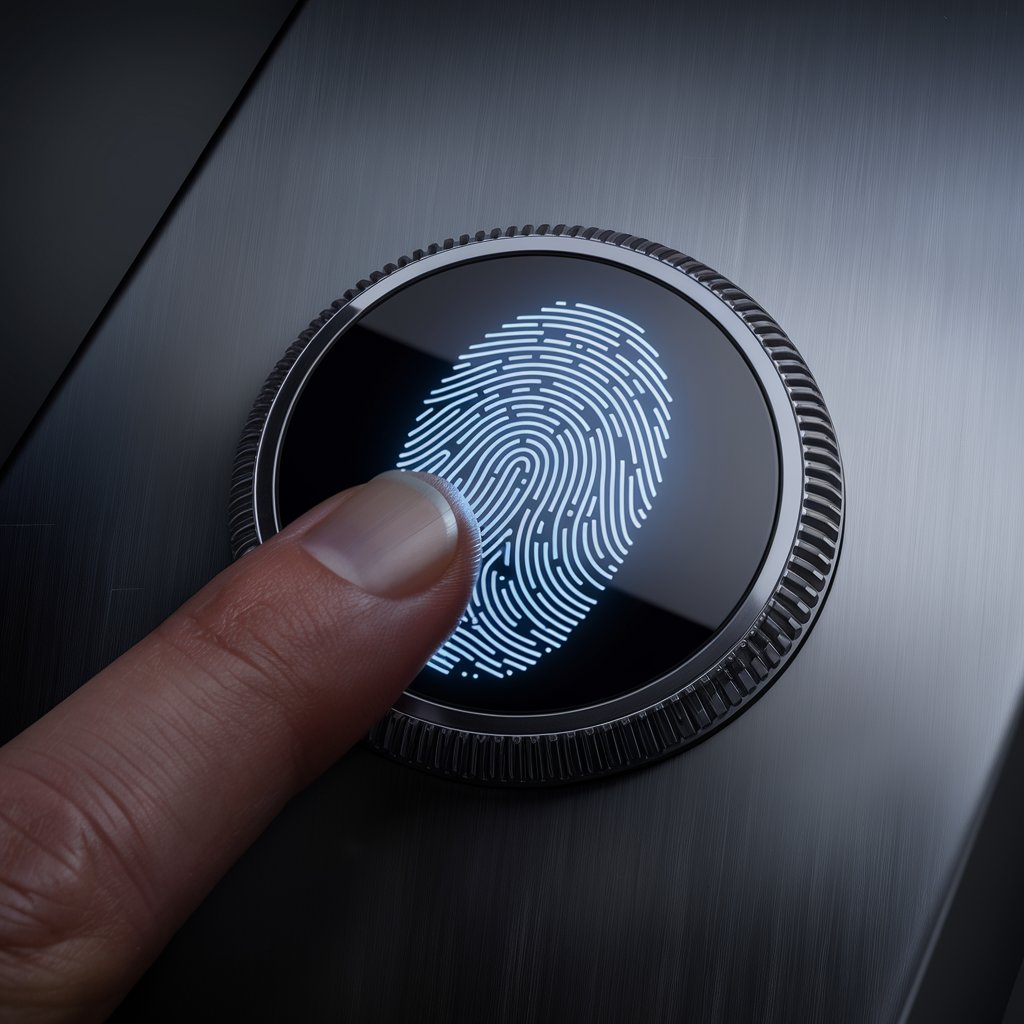As we step into 2024, the fingerprint sensors industry stands at a pivotal moment of transformation and growth. Fingerprint sensors, integral to biometric authentication, are revolutionizing how we secure personal devices, access control systems, and financial transactions. Explores the key trends, technological advancements, and market dynamics shaping the fingerprint sensors industry this year.
Technological Advancements
1. Enhanced Accuracy and Speed:
In 2024, fingerprint sensors are expected to offer unprecedented levels of accuracy and speed. Advances in sensor technology and algorithms are significantly improving the reliability of fingerprint recognition systems. Enhanced accuracy reduces the likelihood of false rejections and acceptances, making biometric authentication more secure and user-friendly. Faster processing times also contribute to a smoother user experience, particularly in high-traffic areas such as airports and financial institutions.
2. Integration with AI and Machine Learning:
Artificial intelligence (AI) and machine learning are playing a crucial role in the evolution of fingerprint sensors. AI algorithms are being used to enhance fingerprint recognition by learning from vast datasets and improving pattern recognition. Machine learning enables fingerprint sensors to adapt to changes in users’ fingerprints over time, such as those caused by aging or minor injuries. This integration is making fingerprint authentication more robust and adaptable.
3. Multi-Modal Biometric Systems:
The integration of fingerprint sensors with other biometric modalities, such as facial recognition and iris scanning, is becoming increasingly common. Multi-modal biometric systems combine fingerprint recognition with other forms of identification to enhance security and user convenience. This convergence allows for more accurate and reliable authentication, especially in sensitive applications such as banking and national security.
Fingerprint Sensor Industry Growth
The fingerprint sensor industry is projected to grow from USD 4.2 billion in 2024 and is expected to reach USD 5.9 billion by 2029, growing at a CAGR of 7.0% from 2024 to 2029. The rise in number of identity threats is one of the key factors leading to emergence of fingerprint technologies. Identity theft refers to the illegal acquisition of an individual’s personal or financial details to perpetrate fraud, including unauthorized transactions. It occurs through various methods and inflicts harm on victims’ credit, finances, and reputation.
Download PDF Brochure @ https://www.marketsandmarkets.com/pdfdownloadNew.asp?id=169519533

Fingerprint Sensor Industry Trends
1. Growing Adoption in Consumer Electronics:
Fingerprint sensors are becoming standard features in consumer electronics, particularly in smartphones, tablets, and laptops. In 2024, the trend toward embedding fingerprint sensors under display screens is expected to become more prevalent. This technology allows for a seamless user experience by integrating fingerprint recognition directly into the device’s screen, eliminating the need for physical buttons.
2. Expansion in Automotive Applications:
The automotive industry is increasingly adopting fingerprint sensors for secure vehicle access and personalization. Fingerprint recognition systems are being integrated into car doors, ignition systems, and infotainment controls. This integration enhances vehicle security by ensuring that only authorized users can access the vehicle and its features. Additionally, fingerprint sensors are being used to personalize driving settings based on the identified driver.
3. Growth in Access Control and Security Systems:
Fingerprint sensors are playing a crucial role in modernizing access control systems for both residential and commercial properties. In 2024, there is a growing emphasis on integrating fingerprint sensors with smart home systems and enterprise security solutions. These systems offer enhanced security by ensuring that only authorized individuals can access restricted areas or sensitive information.
Challenges and Solutions
1. Addressing Privacy Concerns:
As fingerprint sensors become more widespread, privacy concerns regarding biometric data are becoming more pronounced. Ensuring the secure storage and transmission of fingerprint data is crucial to maintaining user trust. Industry players are focusing on implementing robust encryption techniques and compliance with data protection regulations to address these concerns.
2. Overcoming Technical Limitations:
Despite advancements, fingerprint sensors still face technical challenges, such as performance issues in varying environmental conditions and difficulties in capturing high-quality fingerprints from individuals with damaged or dirty fingers. Continuous research and development efforts are aimed at improving sensor technology to handle these challenges more effectively.
3. Cost Considerations:
While the cost of fingerprint sensors has been decreasing, high-quality sensors with advanced features can still be expensive. Reducing the cost of production while maintaining high standards of accuracy and reliability is a key challenge for manufacturers. Economies of scale and technological advancements are expected to drive down costs over time, making fingerprint sensors more accessible.
Fingerprint Sensors Industry : Future Outlook
The fingerprint sensors industry in 2024 is characterized by rapid technological advancements, expanding applications, and evolving market dynamics. As the demand for secure and convenient authentication solutions grows, fingerprint sensors are set to play an increasingly integral role in various sectors, including consumer electronics, automotive, and security systems. The continued integration of AI, multi-modal biometrics, and smart technology will drive further innovation and enhance the functionality of fingerprint sensors.
As the industry evolves, addressing challenges related to privacy, technical limitations, and cost will be essential to realizing the full potential of fingerprint sensors. With ongoing research, development, and collaboration, the future of fingerprint sensors looks promising, offering enhanced security, user convenience, and a seamless integration into everyday life.

